SummaryAirport Rating N/A Reception of locals **** Cost: £££
The tourist hubIn my last article, I wrote about Guatemala City, the capital of Guatemala, but the truth is, when people come to this country, it is never about visiting the capital, but they come to visit Antigua, the surrounding countryside, and the volcanos. Antigua Guatemala, often simply referred to as Antigua, is a city in the central highlands of Guatemala and it is famous for its well-preserved Spanish Baroque-influenced architecture, museums, and colonial churches. It served as the capital of the Kingdom of Guatemala and is currently a UNESCO World Heritage Site. The city is a very short drive from Guatemala City. Without traffic (which was the case on my return journey) it took less than an hour. But with traffic (I arrived on the last Sunday before holy week) it took almost three hours! I spent several days there, but I didn't manage to make it to the volcanos, something that I would like to do another time for sure. Antigua was originally established in the early 16th century, built 1,530 metres above sea level in an earthquake-prone region. It was named Santiago de los Caballeros de Guatemala and served as the capital of the Spanish colony of Guatemala, which included most of present-day Central America and the southern part of Mexico. However, the city was relocated to what is now Guatemala City after a series of devastating earthquakes in the 18th century, the most significant of which occurred in 1773. Despite these challenges, Antigua Guatemala has retained a significant amount of its colonial architecture. The streets are full of pastel-hued buildings, cobbled streets, and historic churches. The city’s layout is based on a Renaissance grid plan, which was common for Spanish colonial cities, and is centred around the Parque Central (Central Park). The city is also famous for its Semana Santa (Holy Week) celebrations, which are among the largest and most elaborate in the Americas. These involve processions and elaborate carpet-like decorations made from dyed sawdust, flowers, and fruit, which cover the streets. I was lucky enough to accidently time my visit during these processions and it was honestly one of the most unique experiences of my life. Semana Santa in AntiguaGuatemala is a deeply religious society, staunchly Catholic, and the last week of Lent, known as Semana Santa (Holy Week), is one of the most important dates in the calendar. The celebration, known for its processions, is hugely popular in Spain, and its continued popularity in Guatemala is perhaps one of the most visible influences left by Spain's colonisation of the country (in addition to the language and architecture). As part of the celebrations there is La Procesión de Jesús de la Caída, one of the most important religious events centred around a revered image known as Jesús de la Caída (Jesus of the Fall), which depicts Jesus Christ at the moment of one of his falls under the weight of the cross on his way to Calvary. This procession is a key part of the Holy Week celebrations in Antigua, and it was the procession that I attended. I arrived in a city that was heaving under the amount of people that were out on the streets. The traffic into and out of the city was near standstill, and it felt like the whole country had descended en-masse to Antigua. The procession had begun at 7am, and by the time I arrived around midday, the procession had already done half the circuit around the city. After leaving my bags in the hotel and getting some lunch, I walked around the streets following the sounds and the crowds to figure out where the procession was - and it wasn't too hard to find - the sounds reverberated around the city, The procession is insanely beautiful. The image of Jesús de la Caída is carried on an enormous, ornately decorated float by hundreds of volunteers who consider it an honour to participate in bearing the weight of the float. These participants, dressed in purple robes, symbolising penance, move through the cobbled streets of Antigua, following a route that winds through the city’s historic centre, passing by many of its colonial churches and landmarks. It seemed like the whole city was dressed in purple. There were also groups in the procession dressed in scarlet with insignia of the Roman Empire and dressed in the clothes of soldiers marching through the city. Behind them, hundreds of instruments were being played by bands. There were also several floats with other images like the Virgin Mary and other religious figures that were also impressive. I found the passion, humility, and desire to serve by carrying the float really inspiring. The day was searingly hot but these volunteers - in their hundreds - were dressed in full body robes, carrying heavy weights. You could see the pain etched on their faces, but they continued on with their strong beliefs. It's honestly a humbling sight. In preparation for the event, the streets of Antigua are transformed. Carpets (alfombras) made of dyed sawdust, flowers, and fruits are laid out along the procession route. These alfombras are meticulously designed and crafted by local families, businesses, and community groups, each reflecting themes from the Bible, Guatemalan culture, and natural beauty. The creation of these carpets is a communal activity that involves weeks of planning and days of assembly, culminating in their display during the procession. I tried to see as many as I could during the day, each one patterened differently. The whole procession ran until after midnight. Throughout the day I would return to my hotel. or visit another part of the city, but no matter when I returned, the procession would still be going on. During the evening, after sunset, is when it became most impressive. The crowds seem to multiply even further, and with lighting around the floats and volunteers, it felt an almost magical experience, particularly around the Arco de Santa Catalina which was filled with people, photographers, while drones circles in the sky above. Arco de Santa CatalinaThere are many famous sites in Antigua, but perhaps the most prominent is the Arco de Santa Catalina. This arch spans 5a Avenida Norte, linking two structures that were historically part of the Santa Catalina Virgen y Mártir convent, established in 1609. The convent, needing additional space due to an increasing number of nuns, expanded in the 17th century to include a building across the street. To facilitate the movement between these two buildings while adhering to the nuns' vow of seclusion, the Arco de Santa Catalina was constructed, with its completion in 1694. The arch has a clock tower that was added in the 1830s and is functional to this day. It's a place where a lot of tourists take photos, but the road can be busy at times, so there are a lot of people that are running in and out of the streets. It's certainly one of the most iconic and well known structures in the city and an enduring symbol of Antigua for me. MuseumsAntigua also has a shedload of museums, each telling the story of the city, or the broader region. Casa Santo Domingo Museos is a complex that was once the Santo Domingo Monastery, established in the 17th century, and has been transformed into a museum and hotel, preserving the essence of its historical significance while adapting to contemporary uses. The complex is designated as a UNESCO World Heritage site and its pretty impressive. While I didn't stay in the museum (it was a little expensive), I did have breakfast there one morning, which was a nice experience. The complex houses several museums, each dedicated to different aspects of Guatemalan history and culture, including an archaeological museum, a colonial museum, a modern art museum, and a silver museum, among others. These museums offer insights into the pre-Columbian era, the Spanish colonial period, and the development of contemporary art in Guatemala, showcasing a wide range of artefacts, artworks, and historical documents. One of the standout features of Casa Santo Domingo Museos is its archaeological museum, which displays a collection of artefacts from the Maya civilization, including ceramics, sculptures, and jade pieces. The colonial museum within Casa Santo Domingo Museos focuses on the Spanish colonial period in Guatemala, presenting a variety of religious art, furniture, textiles, and everyday objects that reflect the lifestyle and cultural practices of the time. In addition to the archaeological and colonial museums, Casa Santo Domingo Museos features a modern art museum that showcases the work of contemporary Guatemalan artists. The silver museum is another notable component of Casa Santo Domingo Museos, exhibiting a collection of silver artefacts like religious and decorative objects. The complex also includes beautifully maintained gardens and ruins of the original monastery, which serve as an atmospheric backdrop to the museums. The gardens contain sculptures and archaeological pieces. If you don't stay in the hotel, you have to pay a small price to access the museums, but you can walk around the gardens for free. More museumsAnother museum, and a personal favourite, is the Museo del Hermano Pedro. This museum is dedicated to the life and legacy of Hermano Pedro de San José Betancur, a key religious figure in Central America's colonial history and the first saint of Guatemala and Central America. Born in Tenerife, Canary Islands, in 1626, Hermano Pedro moved to Guatemala and dedicated his life to caring for the poor, sick, and homeless, establishing a hospital and a school that are considered the beginnings of the Order of the Brothers of Bethlehem. Located within the historical complex of the San Francisco Church in Antigua, the museum occupies part of what used to be the convent attached to the church. The church and convent complex dates back to the early 17th century, making it one of the oldest religious sites in the city. Despite suffering damage from several earthquakes, most notably in 1773, the complex has been partially restored. The museum has several exhibition rooms, each focusing on different aspects of Hermano Pedro's life and the historical context in which he lived. These exhibits include personal belongings of Hermano Pedro, religious artefacts, and items related to the daily operations of the hospital and school he founded including examples of medical instruments from the colonial period. One of the museum's key attractions is the crypt where Hermano Pedro was initially buried. This sacred site is a place of pilgrimage for many, drawing visitors from across Guatemala and beyond who come to pay their respects to the saint. During my visit there were many people kneeling and praying around the crypt, a strong reminder that this is more than just a museum. ChurchesNearby is the Iglesia de San Francisco El Grande that was constructed in the early 16th century but suffered from numerous earthquakes, most notably the Santa Marta earthquakes in 1773 which led to significant parts of the church and the adjoining convent being reduced to ruins. The architecture of Iglesia de San Francisco El Grande showcases the Baroque style typical of Spanish colonial architecture, with elaborate facades, intricate stonework, and grand archways. Despite the earthquake damage and the passage of time, the church's main structure has been preserved and restored, maintaining its historical and architectural significance. I really liked the purple drapes that ran from the ceilings along the walls - these were decorations that I saw repeated in other churches too. Adjacent to the church, the ruins of the convent of San Francisco offer a glimpse into the daily life of the Franciscan friars who resided there. The convent ruins are a testament to the size and complexity of religious communities in colonial Guatemala. Visitors to the ruins can explore the remnants of the cloisters, living quarters, and other structures that once supported the spiritual and communal life of the Franciscans. I liked walking around the ruins which were super quiet during my visit. And more churchesPerhaps the most impressive church in the city is the Iglesia de La Merced. The church was built in 1767 and came during a period of significant architectural development in Antigua, just a few years before the devastating earthquakes of 1773, which led to the city's partial abandonment in favor of a new capital, Guatemala City. Despite the widespread destruction caused by the earthquakes, Iglesia de La Merced withstood much of the seismic activity, thanks in part to its robust construction, which included thick walls and strong buttresses designed to endure the tremors common in the region. The church is notable for its bright yellow facade, a characteristic feature that makes it really stand out. The facade is adorned with intricate stucco work that represents Christian motifs and symbols, showcasing the craftsmanship and artistic vision of the colonial period. The church is particularly impressive during the evening when it is completely lit up and the bright yellow really contrasts with the night sky. Inside, the church houses several chapels, each dedicated to different saints, reflecting the devotional practices of the period. Adjacent to the church is a convent, which was also completed in the late 18th century. The convent's courtyard is famous for its fountain, which is one of the largest in Central America. You can also climb onto the roof of the church for a small fee and get amazing views of the city. It's a short climb up a couple of a staircases but certainly worth the money and the effort. You have to avoid the domed part of the roof as it is structurally weak, but you can walk around the edge of the roof and get close to the main dome and some of the other features. As the church is right in the city, it's probably also my favourite view because you feel as though you are right on top of Antigua. Cerro de la CruzAnother place to get a good view of Antigua is Cerro de la Cruz which provides a panoramic view of the city against the backdrop of the imposing Volcán de Agua. Located to the north of the city center, the hill is named for the large cross that stands at its summit, known as "The Cross of the Hill" (La Cruz del Cerro). The walk to the base of hill is short, and the climb isn't too taxing either with a paved path, gradual ascent, and resting places if you need them. At the top, you have sweeping view of Antigua, including its colonial architecture, cobbled streets, and surrounding landscapes. The Volcán de Agua, a dominant feature in the region's geography, provides a dramatic backdrop to the city's skyline. This perspective also gave me an idea of Antigua's layout, architectural styles, and the natural environment that frames the city. It was a slightly foggy day for me, so my view of the volcano wasn't as clear but I could definitely make out its shape in the distance. I preferred the view from the top of La Merced because it was closer to the city, but this is something you should absolutely do to get a nice view of the surrounding area of Antigua. MarketsThe city also has a couple of markets and night markets that I enjoyed. The first of these is El Mercadito, often referred to simply as the local market, which is located in the heart of Antigua. The market's structure is divided into various sections, each specializing in different types of merchandise. You enter through a small corridor from the street, and the market mazes around narrow alleyways packed with vendors. While most of the stalls are souvenir stands, you also have fresh fruit and vegetables, textiles, and small handicrafts. You're able to haggle prices and the quality of the products seemed genuinely good. El Mercadito operates on a daily basis, with the busiest days typically being on weekends when the influx of both local shoppers and tourists is highest. Outside La Merced is an incredible night market that seems to be more popular with locals - particularly the younger crowd. Most of the stalls in the night market sell food, but there are also sections that sell handicrafts and souvenirs. The energy here in the evening was fantastic and although it isn't as large or as busy as some of the night markets in big Asian cities, it was a great experience. Parks and PlazasThe central part of Antigua is built around a square and a park. Plaza Central, also known as Parque Central, is the heart of the city, and is a focal point of social, cultural, and political life in Antigua, Historically, Plaza Central has served as a gathering place for the residents of Antigua since the city's establishment in the early 16th century. The layout of the plaza is consistent with the Spanish colonial model, where the main square is flanked by significant structures such as the cathedral, government buildings, and other key institutions. This arrangement facilitated the centralisation of religious, administrative, and social activities, making the plaza a vital part of the city's daily life. The square has well-manicured gardens, walkways, and fountains, including the iconic Fuente de las Sirenas (Fountain of the Sirens), which dates back to the 18th century. The fountain is a notable feature of the plaza, adorned with sculptures of sirens that embody the blend of European and local artistic influences. Surrounding Plaza Central are some of Antigua's most important architectural and historical landmarks. The Catedral de San José, located on the eastern side of the plaza, is a prime example of the city's colonial religious architecture, albeit in a partially reconstructed state following the earthquakes that have impacted Antigua over the centuries. Adjacent to the cathedral there is the Palacio de los Capitanes Generales, which once served as the headquarters for the Spanish colonial administration. This building now hosts various cultural events and exhibitions. On the opposite side of the plaza, the Ayuntamiento (City Hall) houses municipal offices and, at times, cultural exhibitions that provide insight into the city's history and development. The whole plaza is busy during all times of the day, but particularly at night where families come out to have picnics, and little children are just running around the fountain while the parents let them work off their energy. On the perimeter of the square, older people sit down and talk to each other and it definitely has a strong community feel to it. Would I recommend visiting Antigua?I really liked Antigua and I would happily visit again - it's certainly one of the more beautiful cities in the Americas. The history, the celebrations, the museums, and the churches are all beautifully kept and I am glad there is such a focus on preservation. I spent a lot of my time just walking the streets (sometimes aimlessly) because the architecture is so beautiful. I walked through the main tourist areas, but I also had a small excursion into the functional city away from the tourists and, unsurprisingly, there isn't too much to do here other than seeing a small football stadium. The people were generally quite friendly, and I had a good chance to practice my Spanish. During the evenings when I went out, I would return late, after midnight, and felt pretty safe, even though the streets were hauntingly deserted - which was the exact opposite of Guatemala City. In fact, the only idiots in the city seemed to be tourists that had drunk a little too much (but were harmless). As a Sikh I had no issues travelling around the city. You won't find any Gurdwaras but I did visit a Sikh inspired vegan restaurant. The owner is a follower of the 3HO movement, and perhaps because they considered slightly controversial, she seemed a little uncomfortable when I ate there (although she was perfectly nice). I did end up getting a little sick after eating the food though, so I won't stick it down as a recommendation - but it might just have been a one off so I won't be too negative either. Overall, this was a highlight of my time in Guatemala, and I hope to return some day to visit the volcanos nearby, and take a longer trip to the north of the country to see the ancient Mayan ruins. Comments are closed.
|
AuthorBritish Sikh, born in the Midlands, based in London, travelling the world seeing new cultures. Categories
All
|





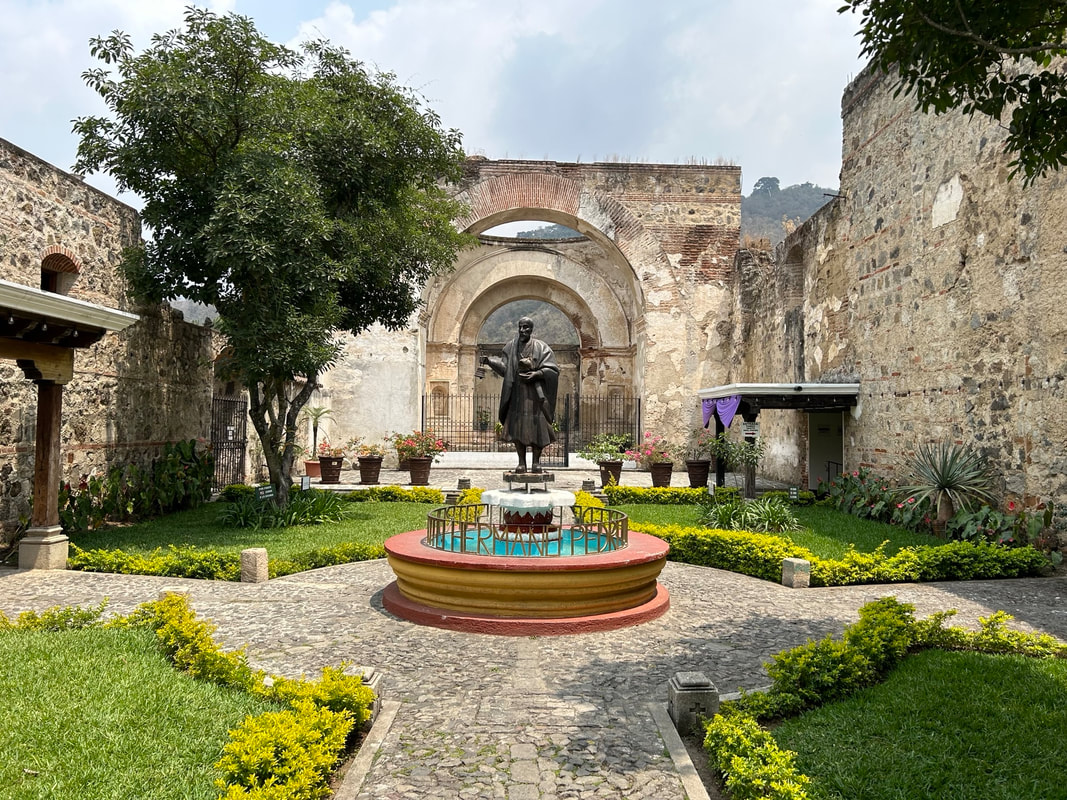

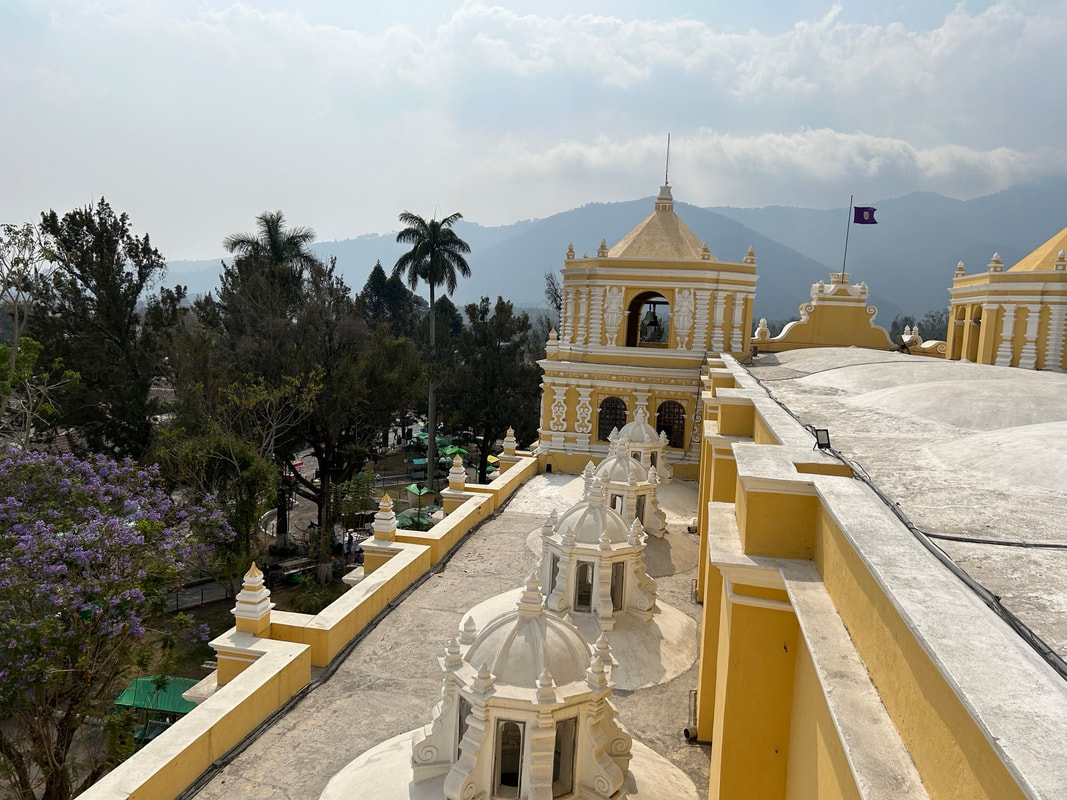

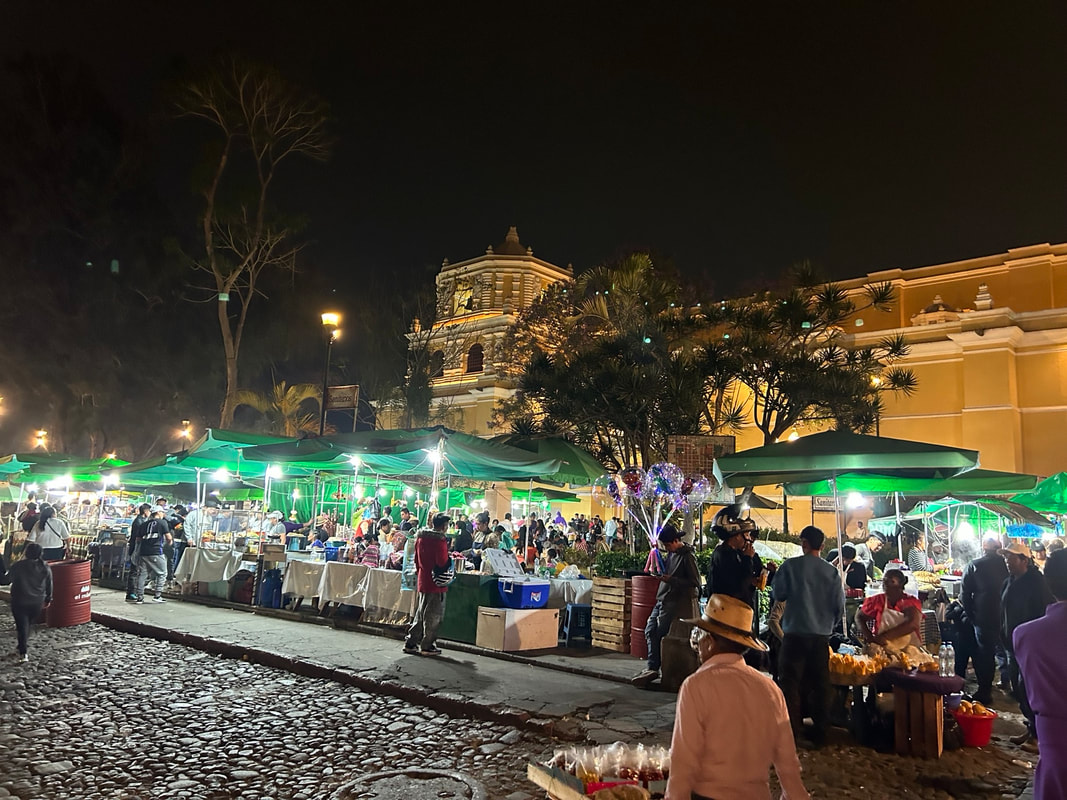
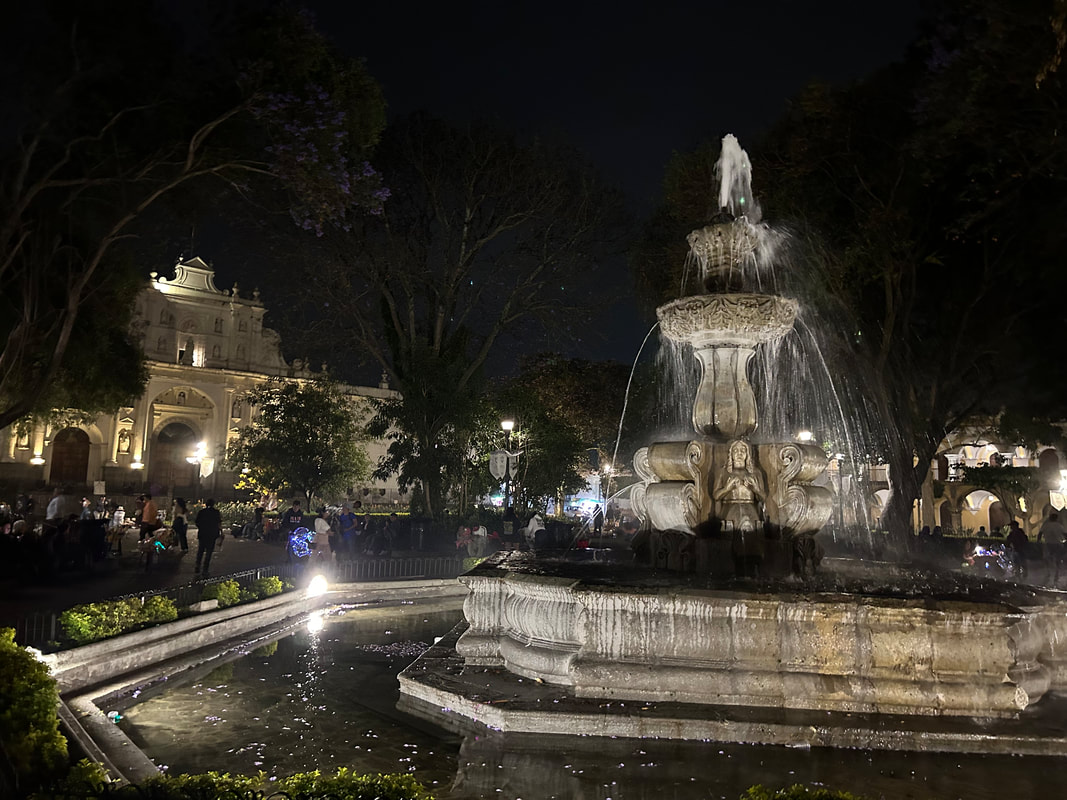
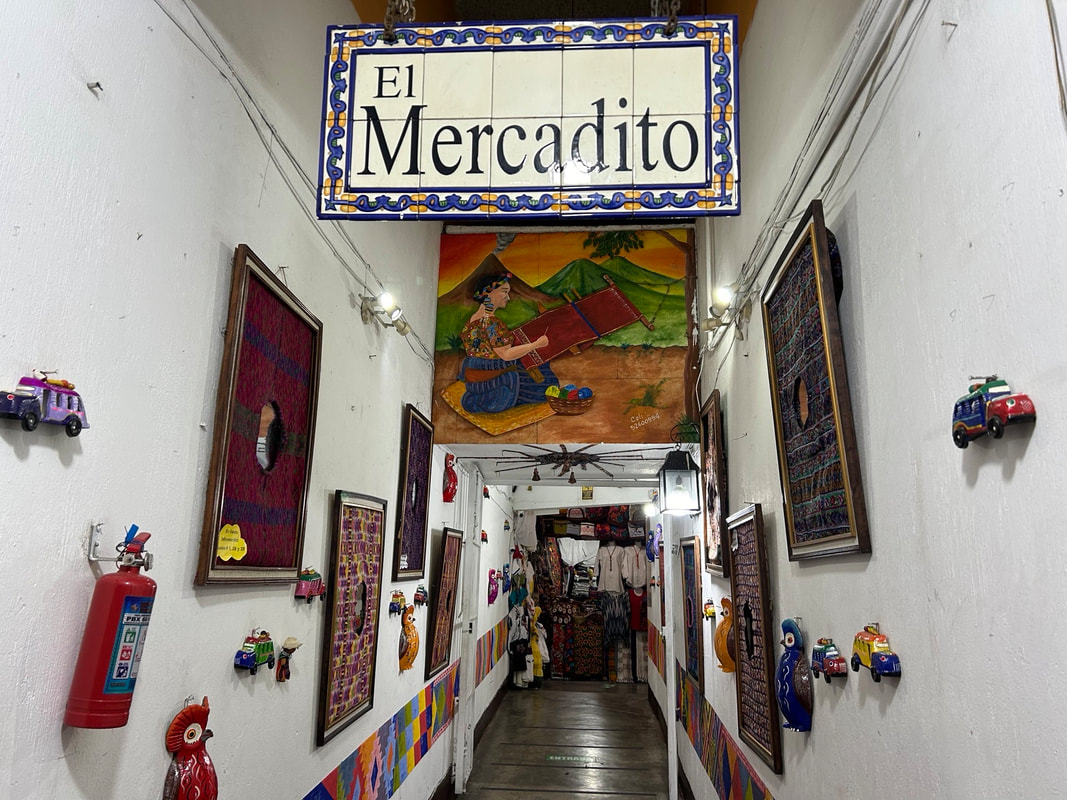

 RSS Feed
RSS Feed